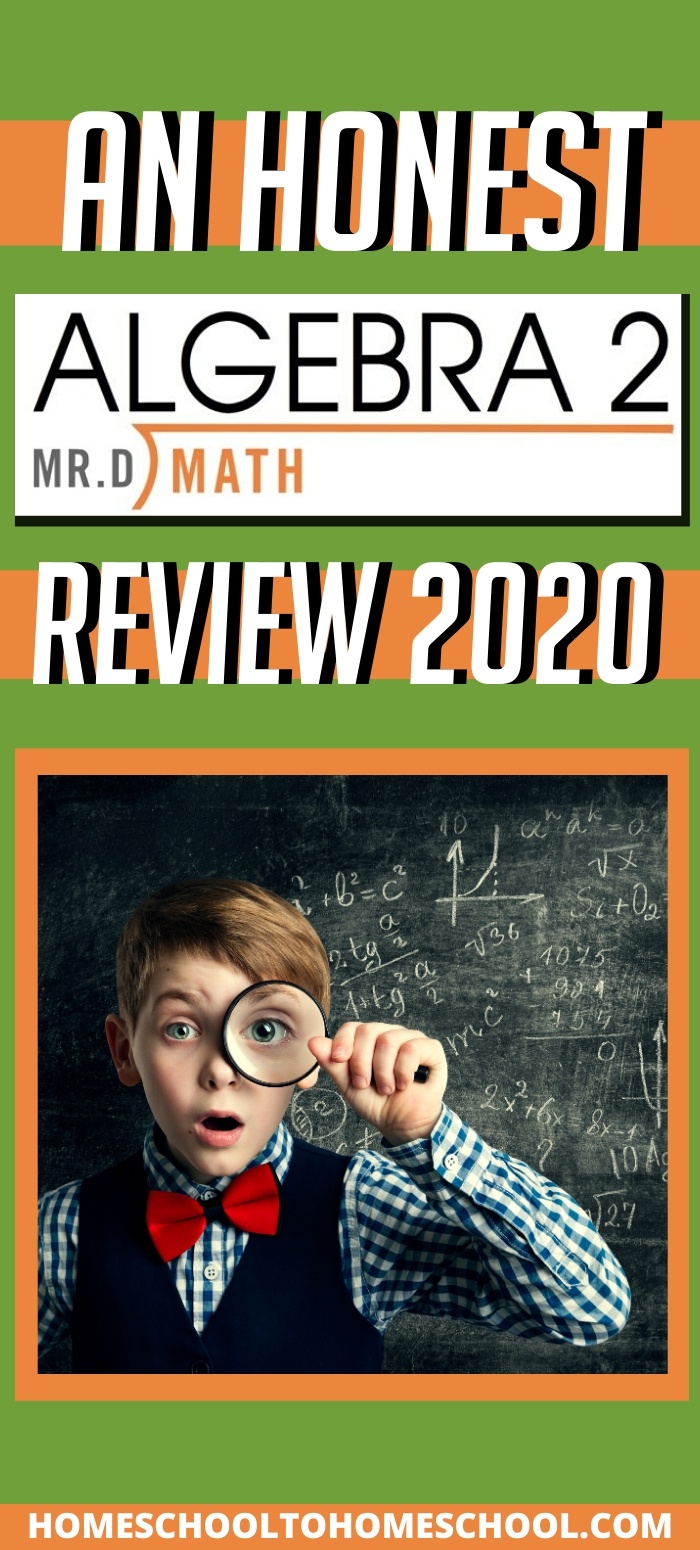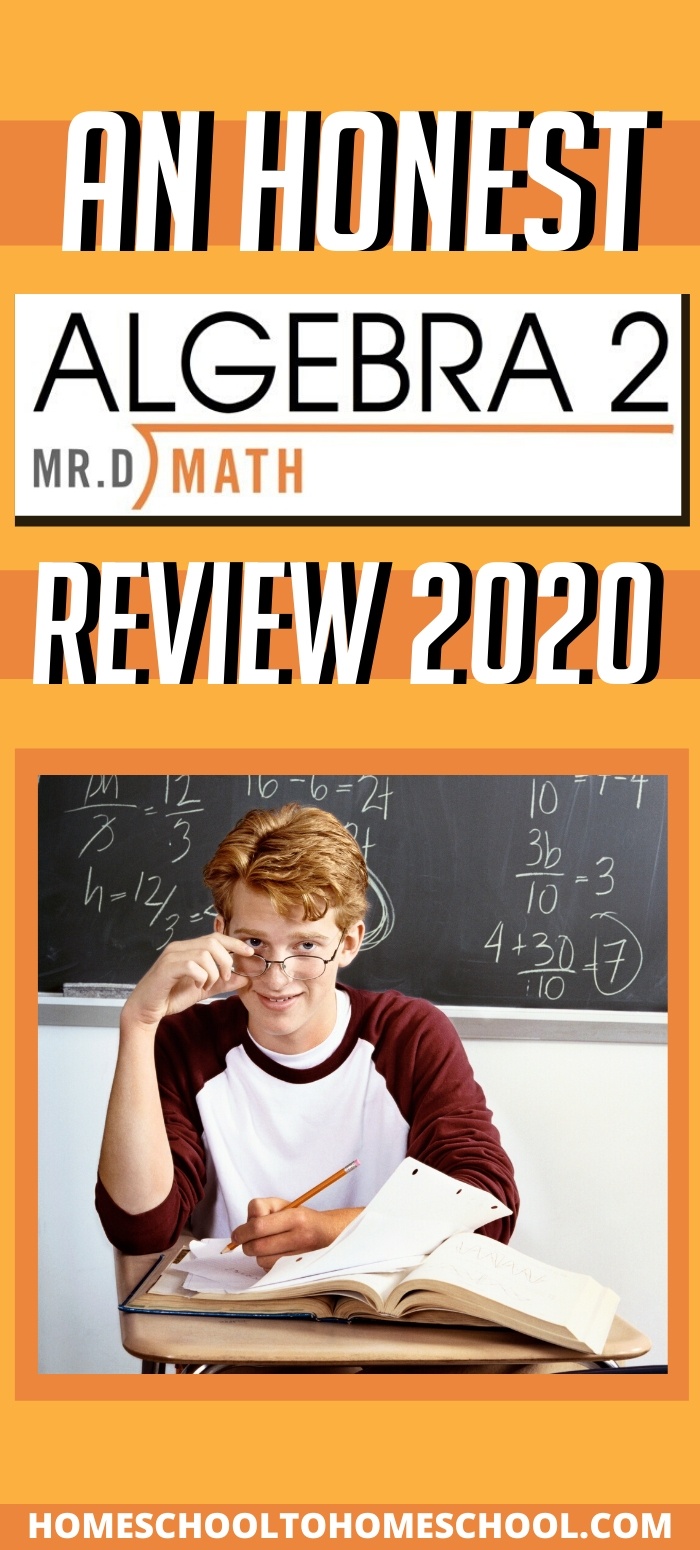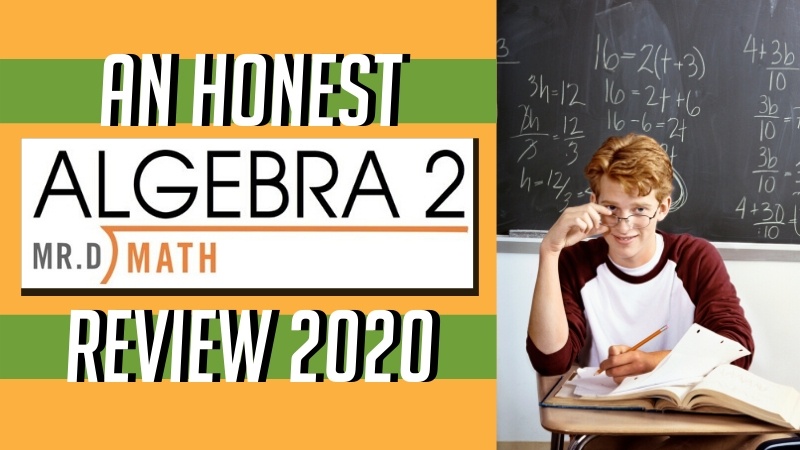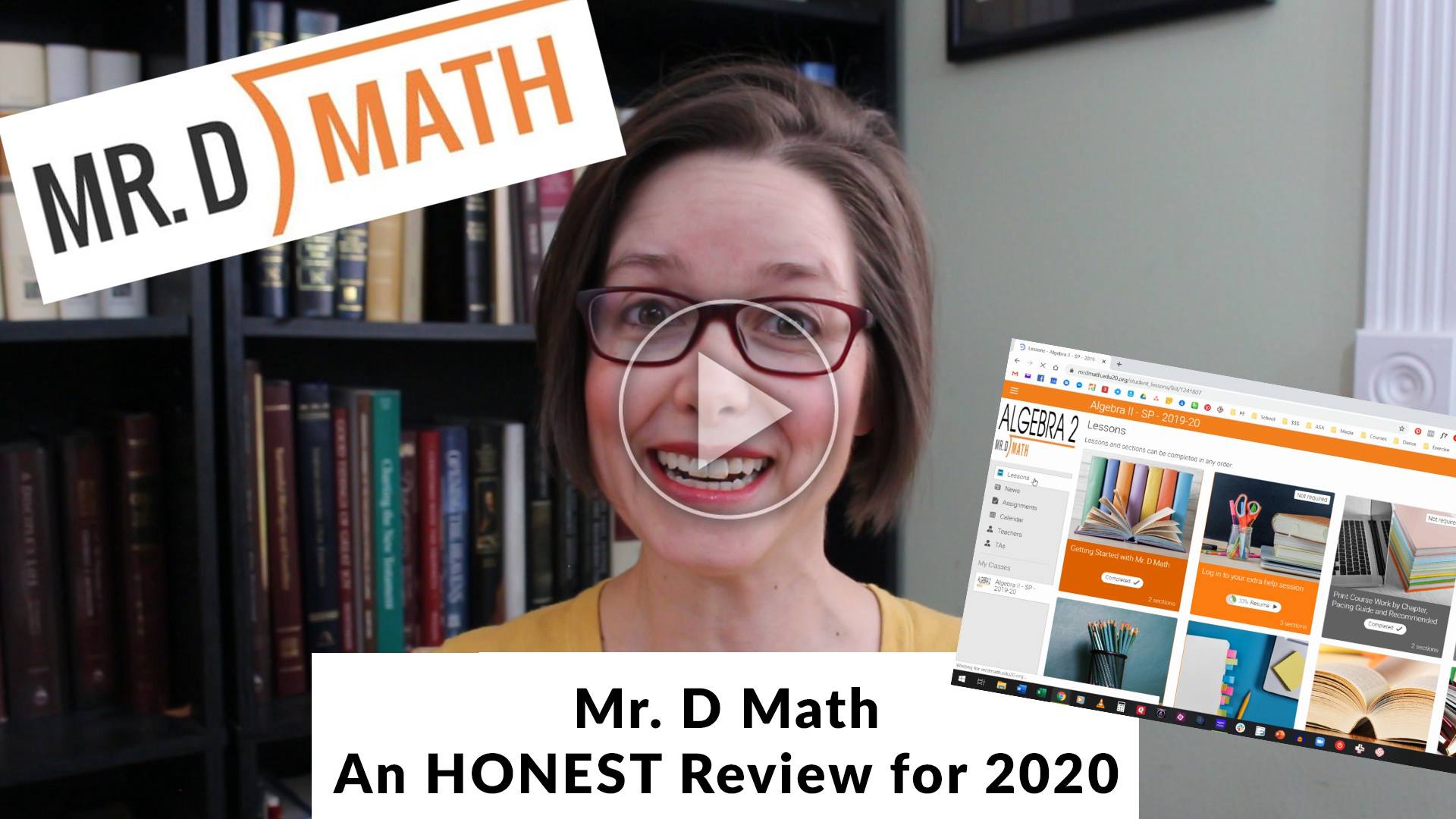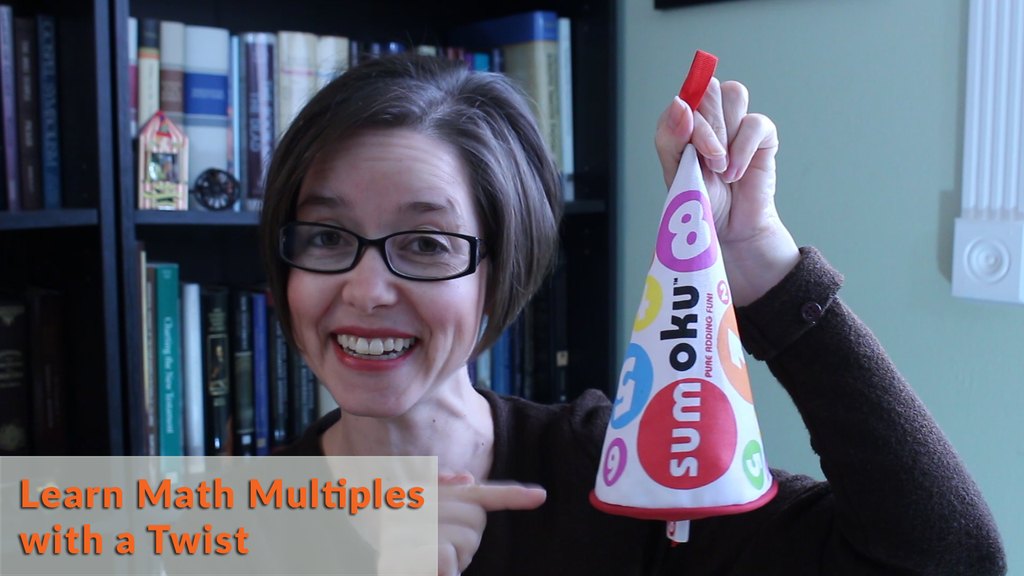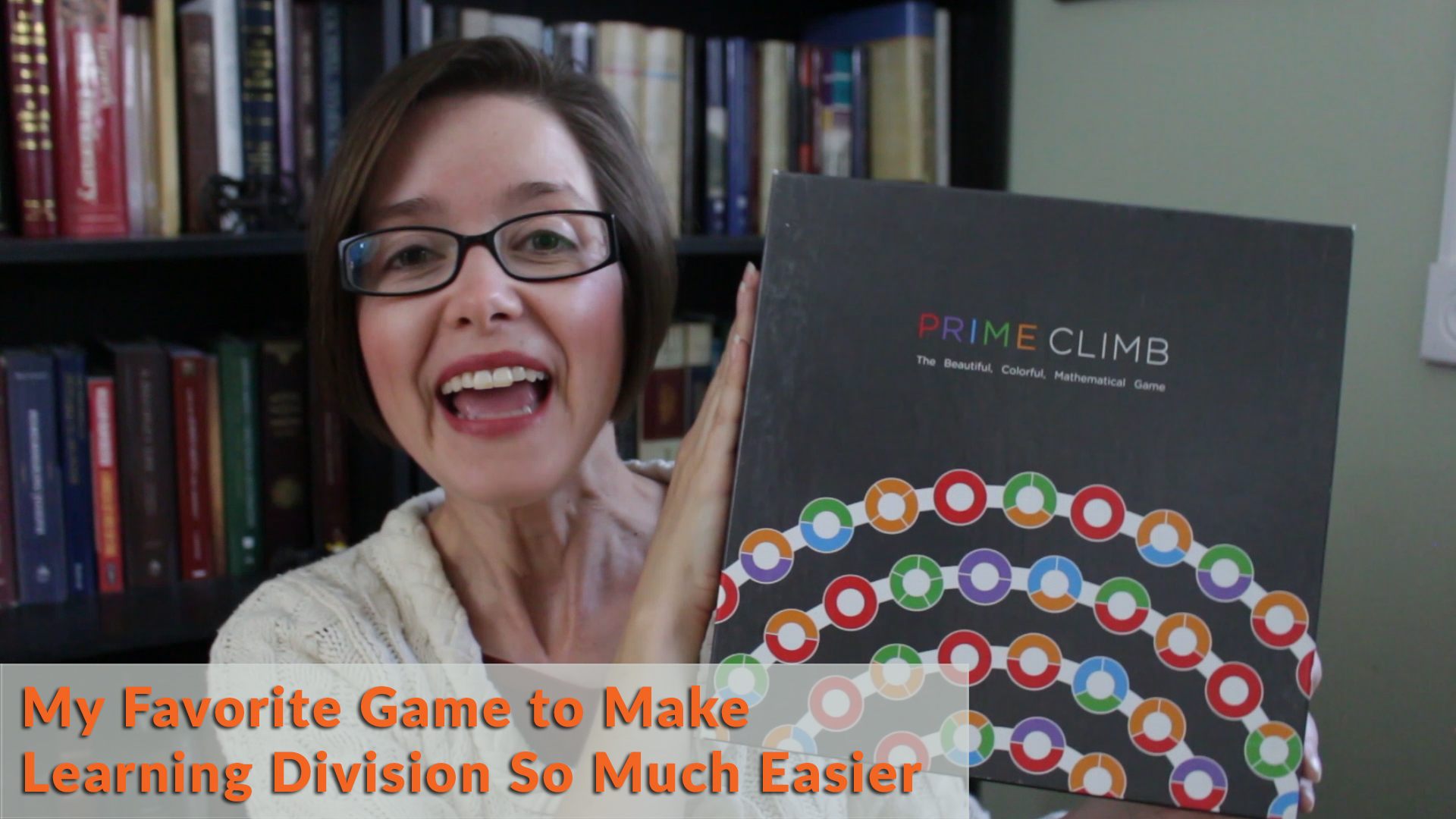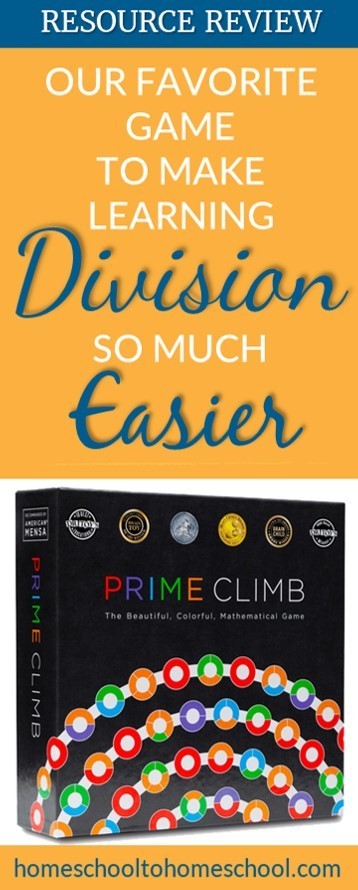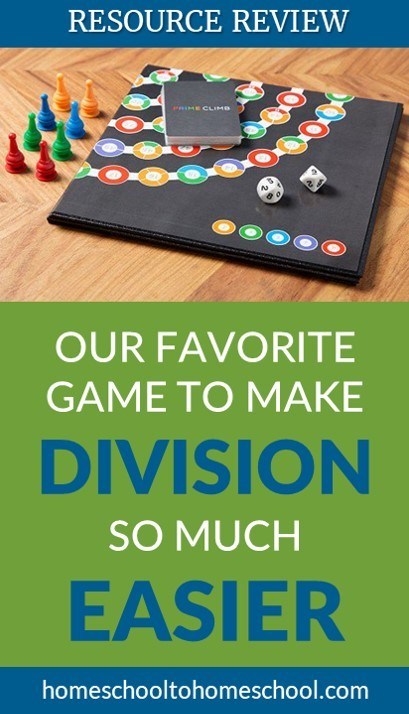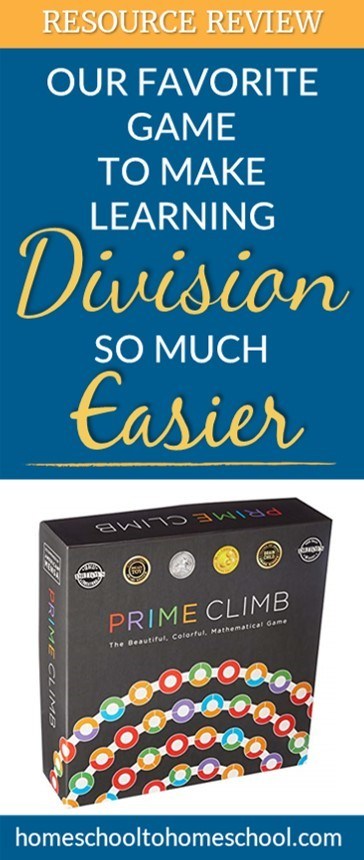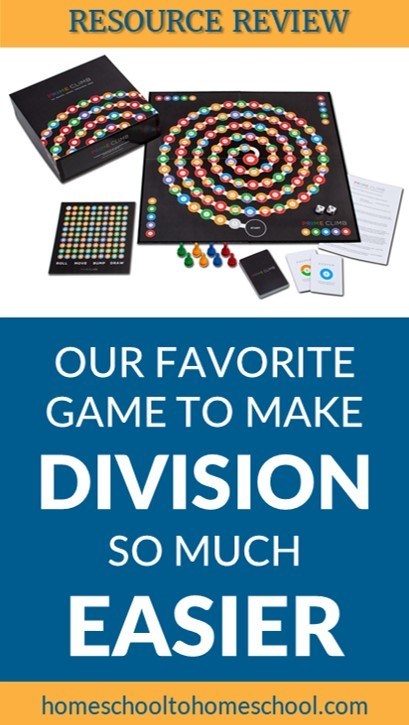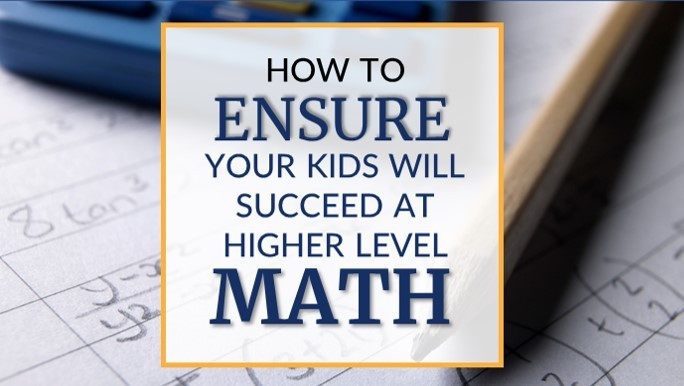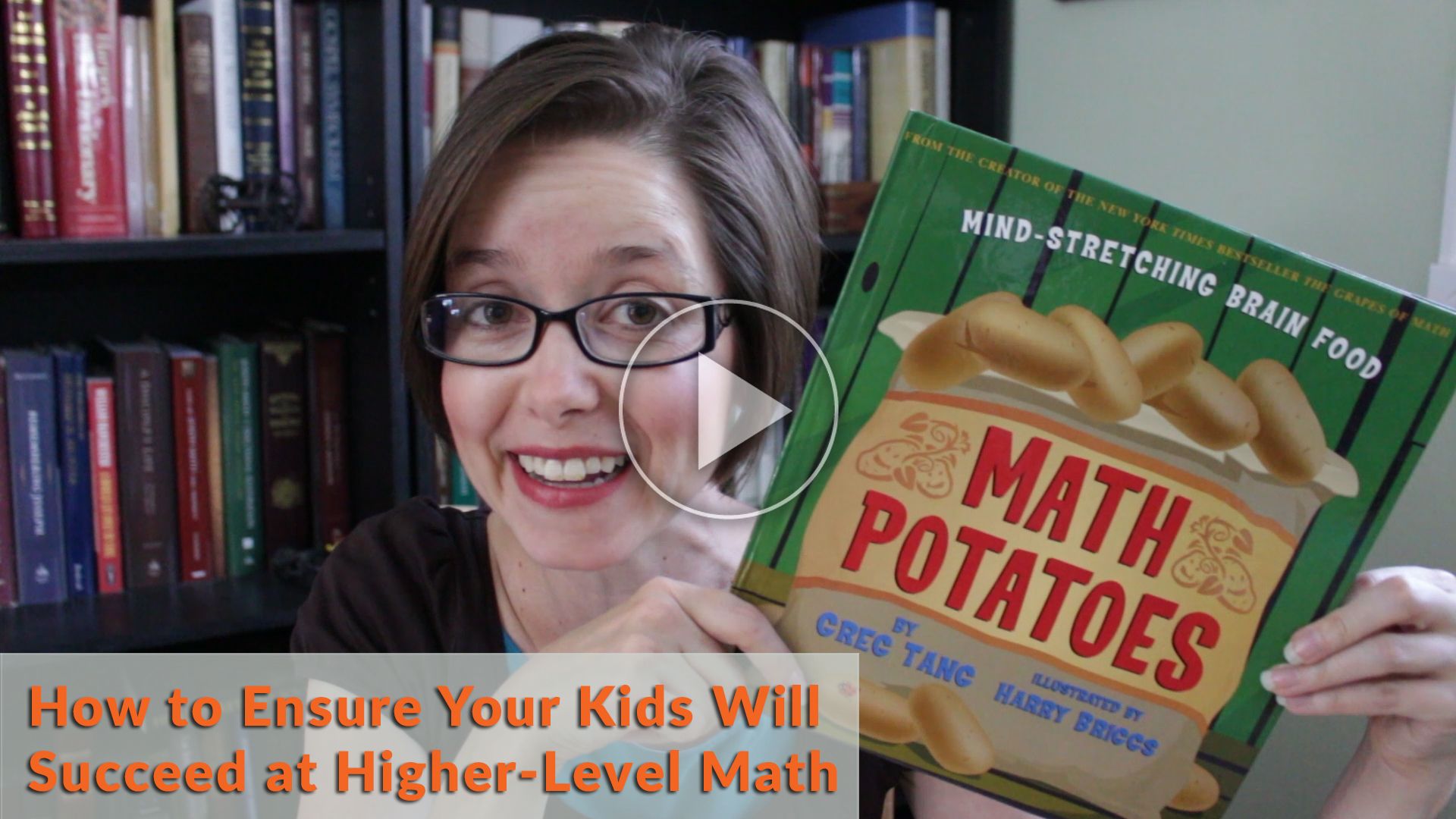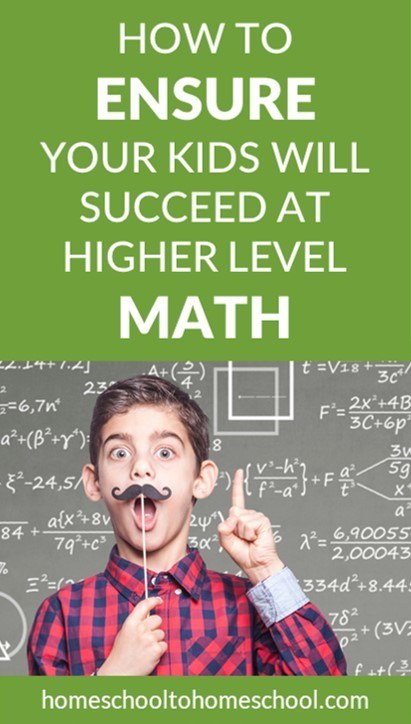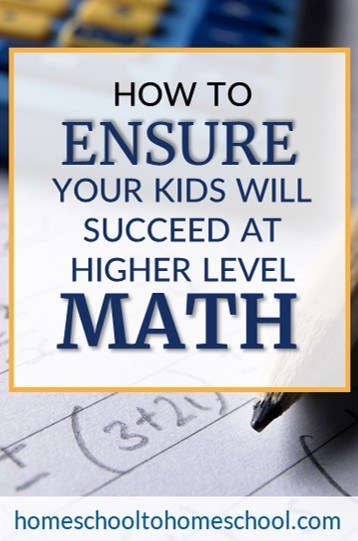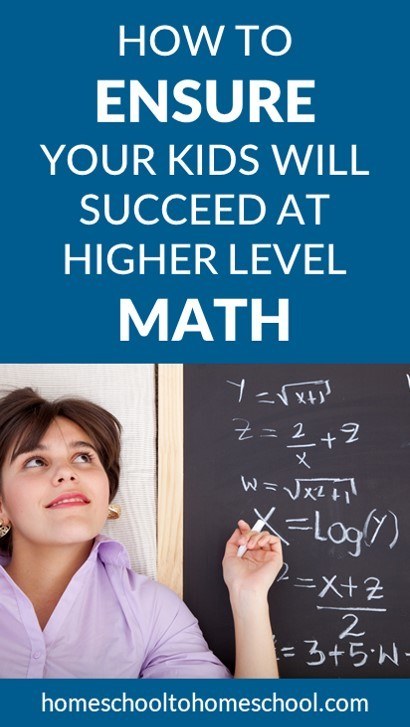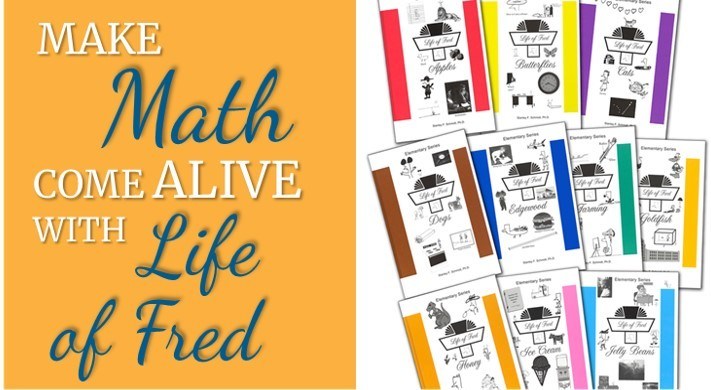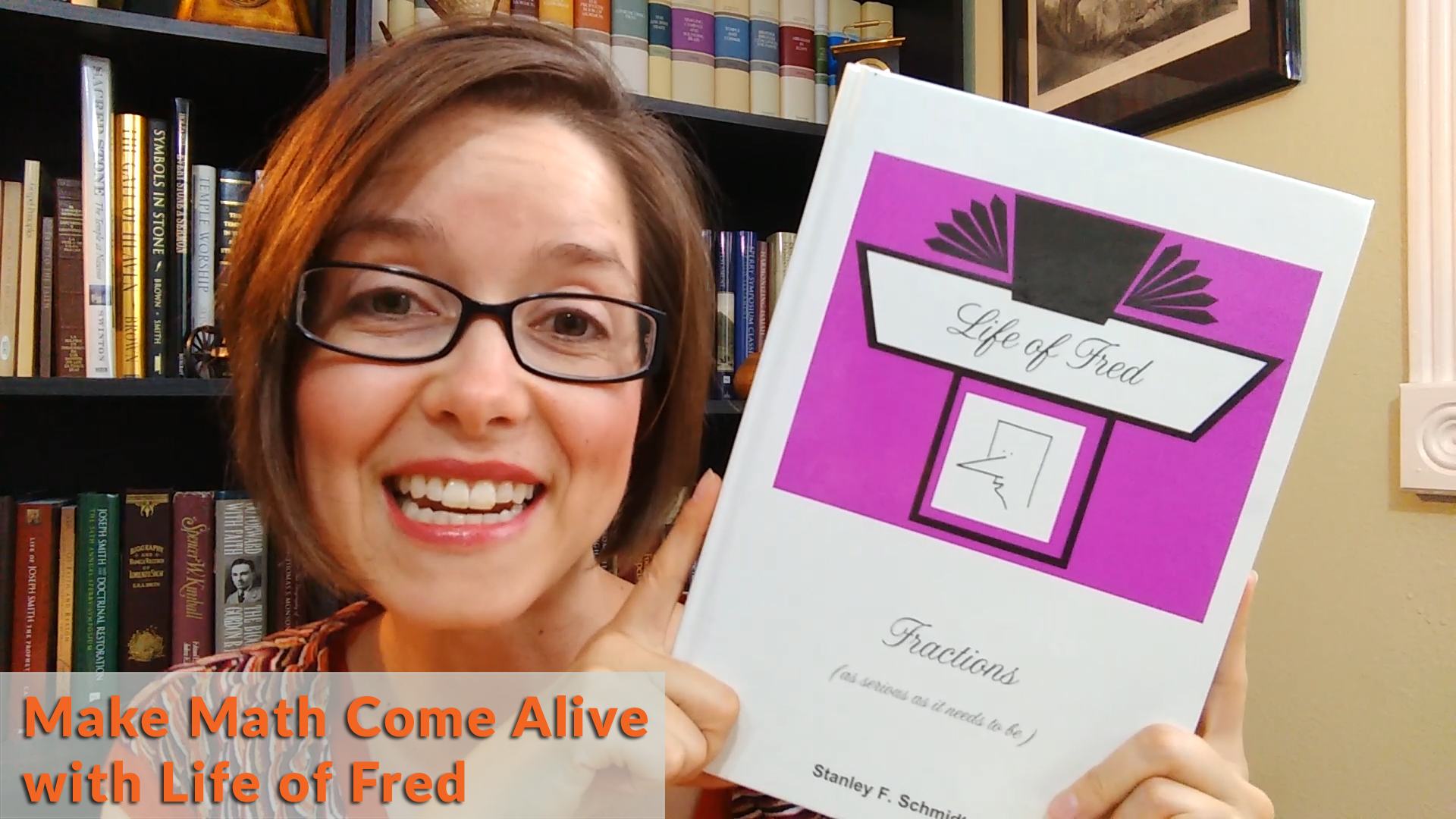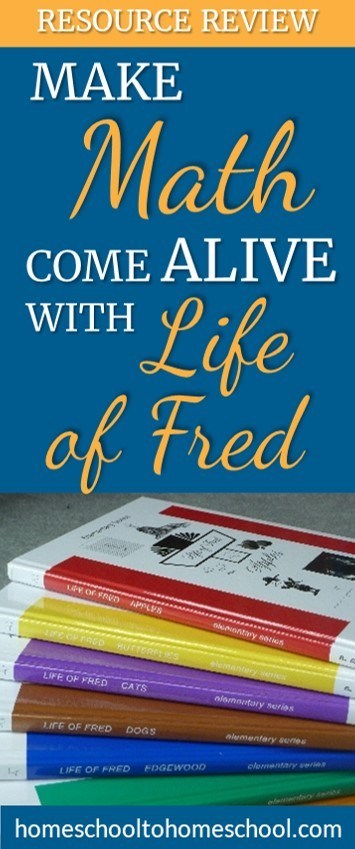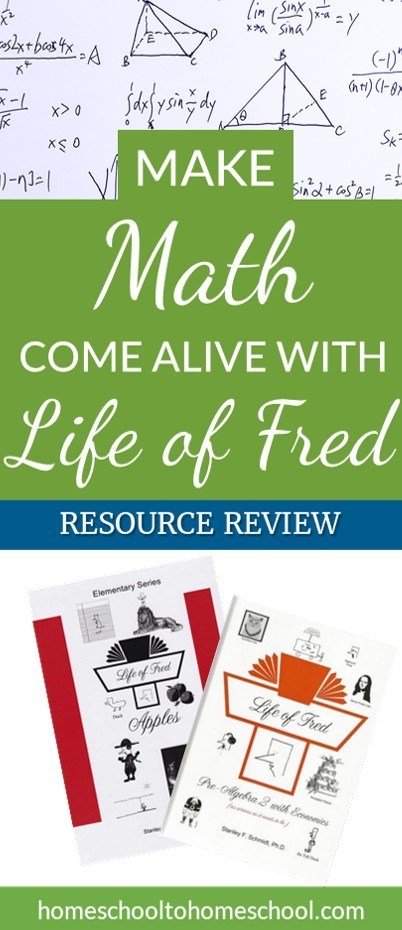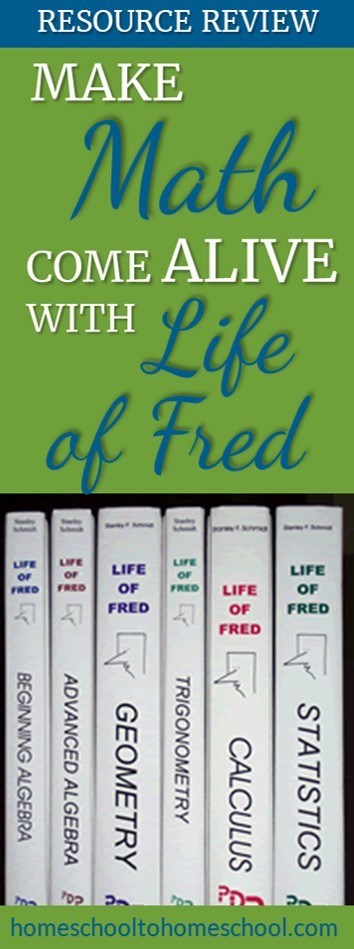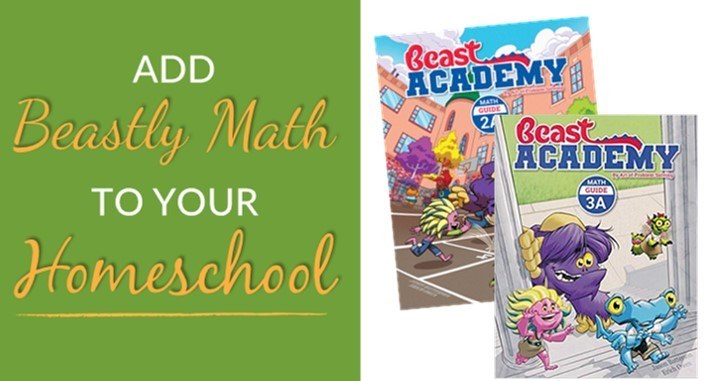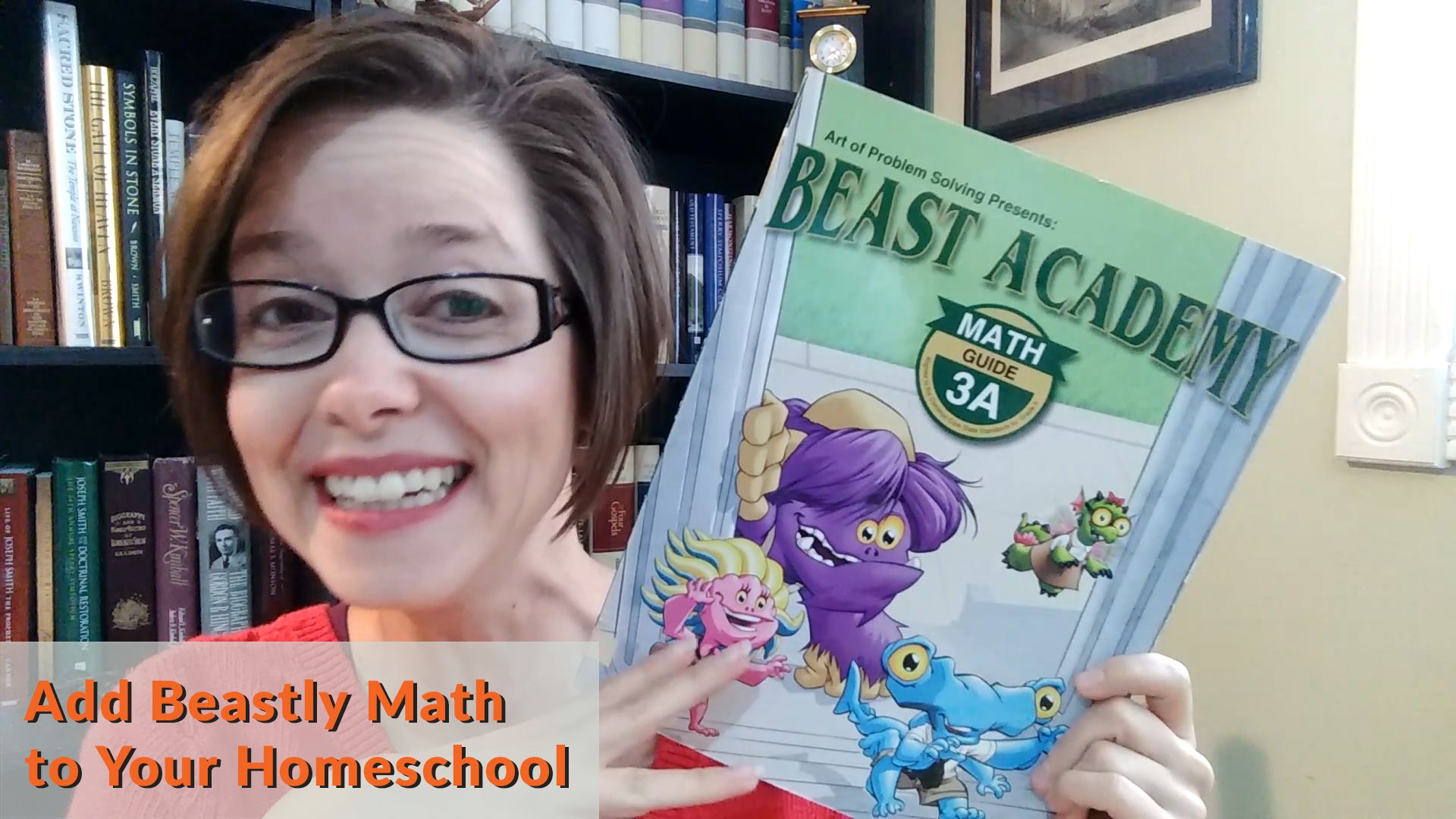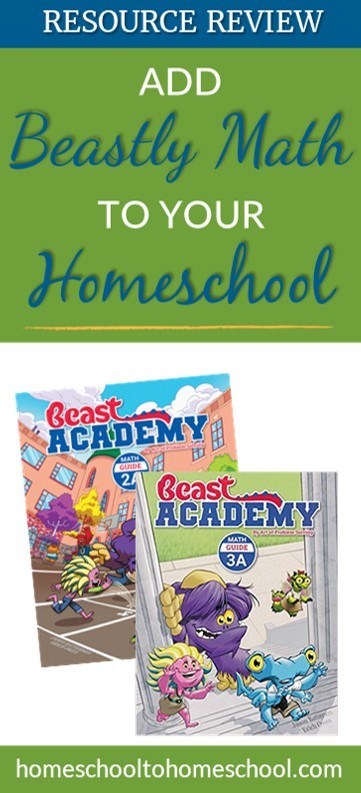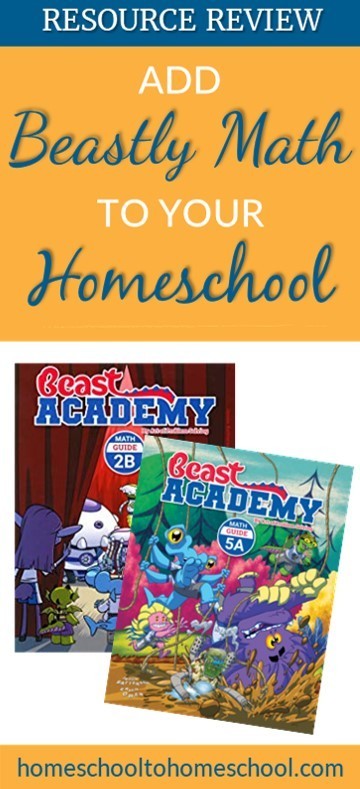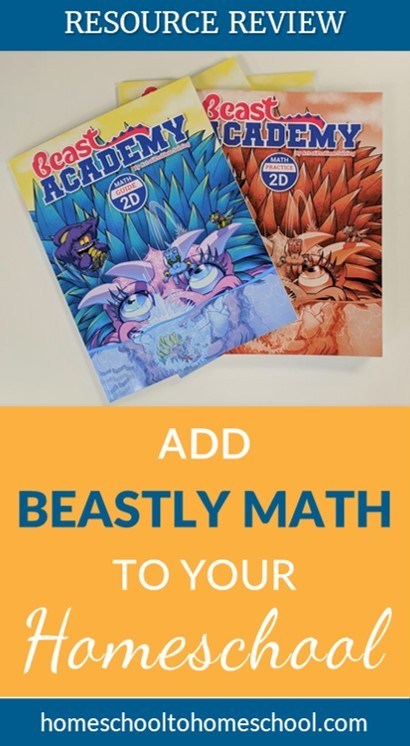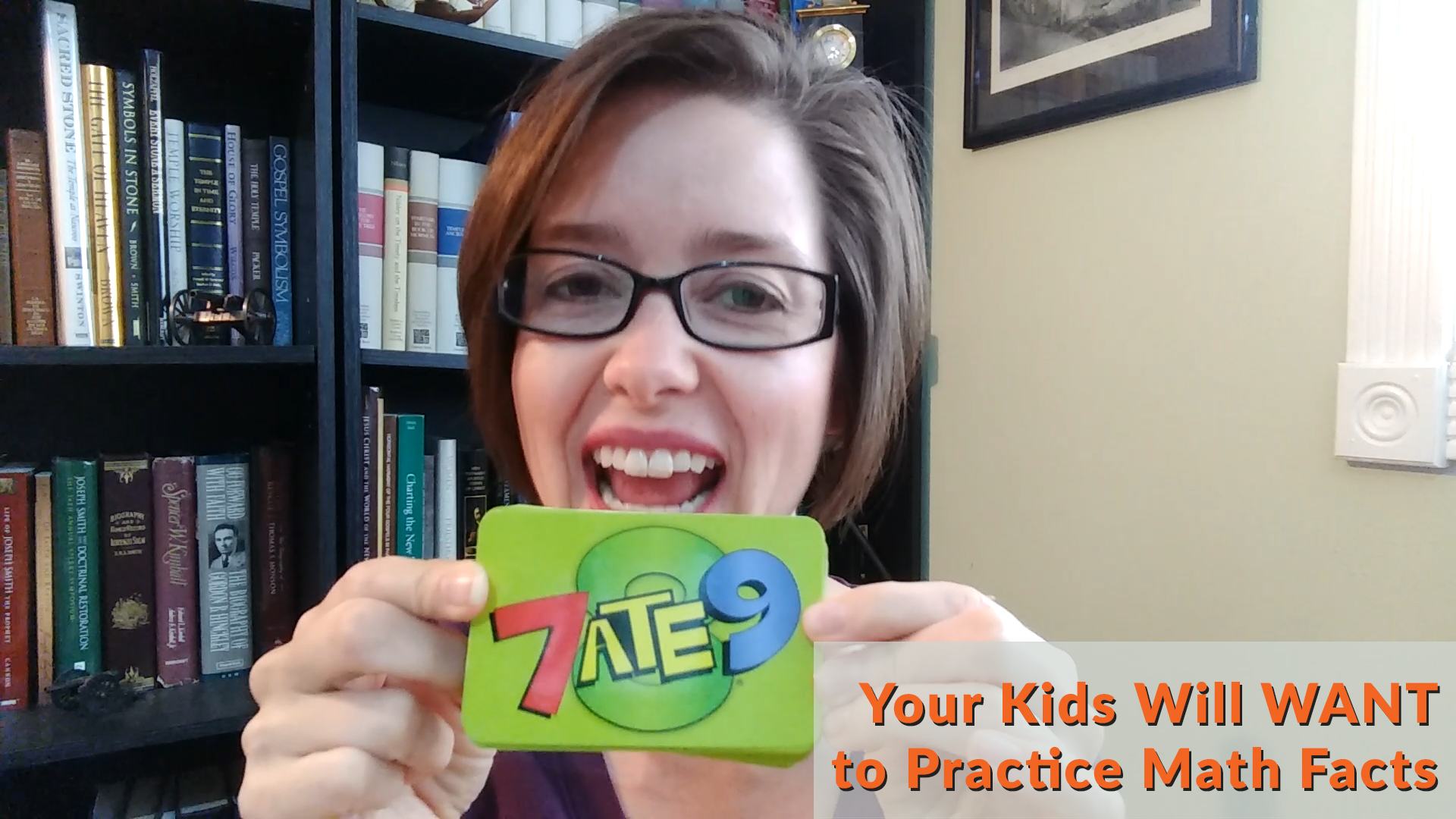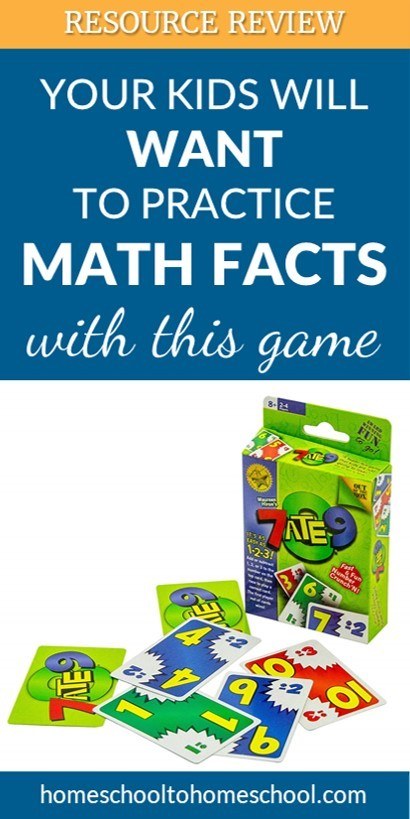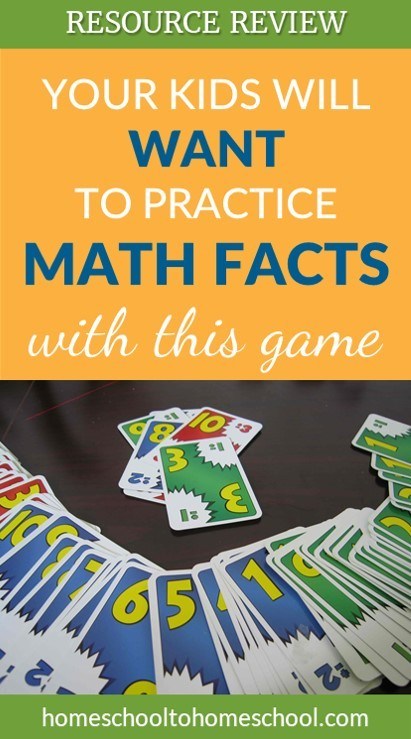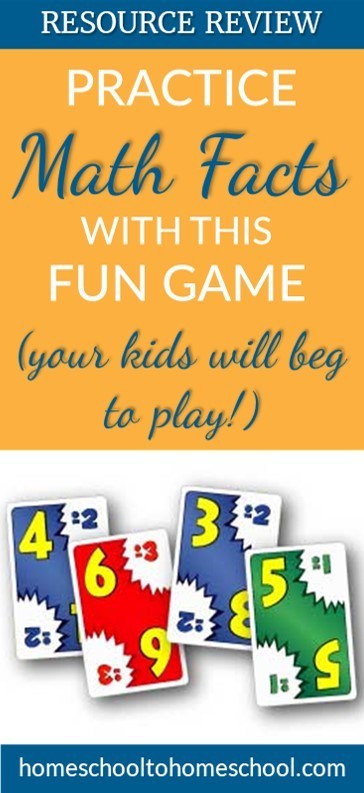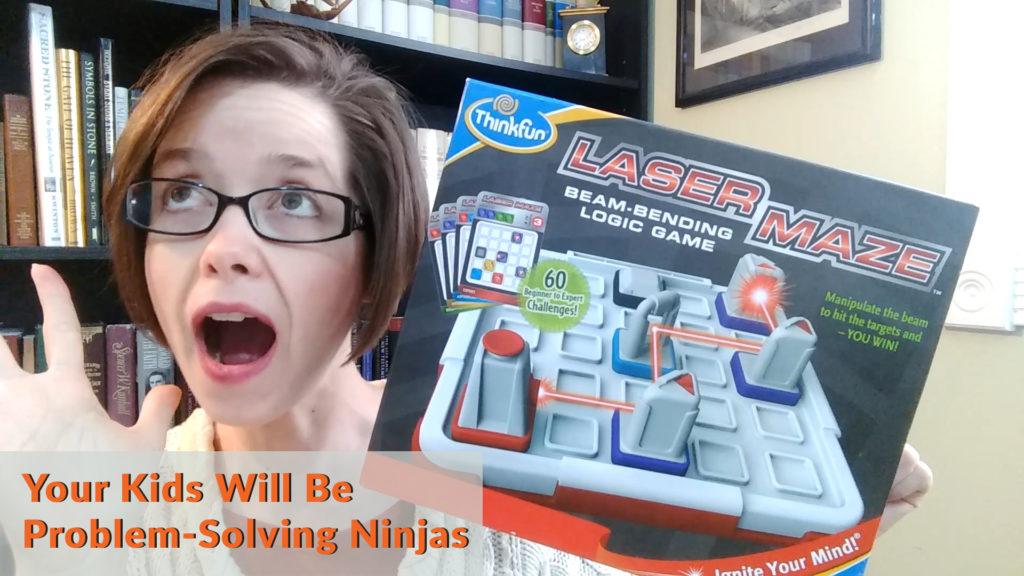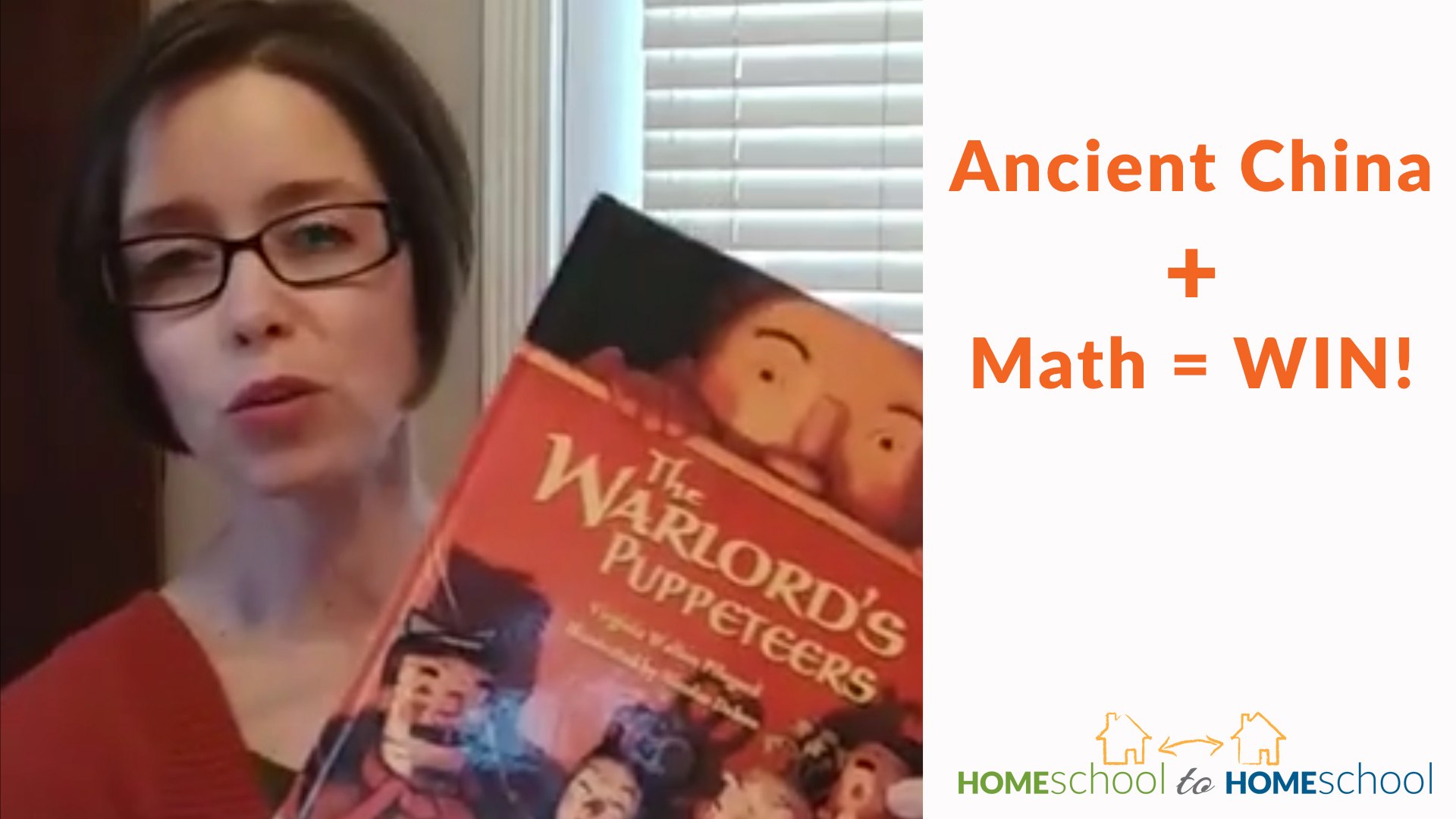(Note: I got a copy of this curriculum for free, and I was compensated for the time I took to write up this review. BUT I get to be completely honest about my thoughts, which is SUPER EASY because of how much I fell in love.)
I have been hunting for a great math curriculum for a long time.
When my kids were younger, we played math games and did lots of math activities. I taught them to count, and to add, and to multiply … and we did it with basic steps and some online review.
Then we hit Algebra
Then my kids hit fractions and decimals and pre-algebra. And we started to stumble.
Suddenly games and activities weren’t enough. My kids needed something more structured and more defined.
We lurched from one curriculum to another -- each would work for awhile (or not). But in the end, something always didn’t work.
* It was too dry and boring.
* It was too repetitive OR it wasn’t repetitive enough.
* It required too much hands-on time from me.
* It was all online and sooooo hard and tedious to listen to, we all wanted to poke our eyes out.
* It moved too fast OR it moved too slowly.
So I kept searching.
Homeschool Math
And then I had the chance to take a look at a new homeschool math curriculum. And it is changing everything about math in our home!
Suddenly I’m feeling excited about math again because this curriculum checks ALL the boxes:
* It walks my kids step-by-step through what they need to know at a pace that actually works for them.
* It’s taught by a real human (not a “robot” human voice) and is actually easy to listen to.
* It does ALL the teaching.
* It provides tons of accountability because my kids correct their own work AND I can see how they are doing and determine if I need to step in to keep things moving along.
* It provides extra help if the kids get stuck (which is really important now that my kids are past what I easily can help with).
* It has both a self-paced version AND a live class version -- both of which have different benefits depending on what my kids need.
* It’s easy to contact someone if we have any kind of question -- and we always get a quick and “real” response.
So what is this amazing math curriculum called?
Mr. D Math -- and oh, how I am in love! (Seriously - you have to check it out!)
I feel like my search has finally come to an end. What a sweet feeling that is!
My son is currently taking the Algebra II course. And I’ll be signing up both him and my teenage daughter next year.
Check out my full video review for my complete thoughts on all of the benefits and features.
In my review, I’ve also done a complete walk through of the backend of the program, so you can see how it works and why I think it’s set up to support both the mom and the kids be successful from the very beginning.
(Is your kid a little young for pre-algebra and you’re still in the “play math games” phase? Then be sure to check out my favorite math games that we discovered over the years!)

Ready to feel Confident and Successful as you homeschool?
Register below to watch my FREE CLASS
Confident Homeschool Secrets
7 Ways to Create a Homeschool That Works (and you LOVE!)
Save for later by pinning to your favorite Pinterest board!
